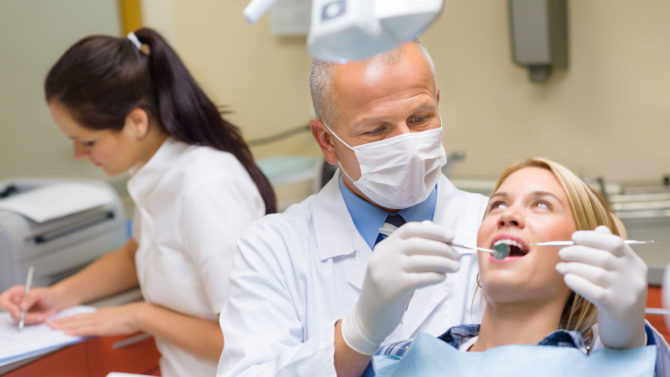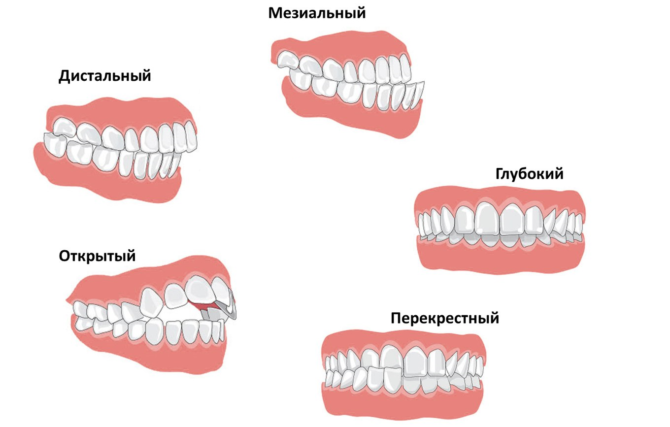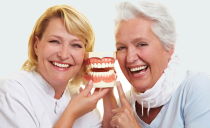Dentist orthodontist: who is it and what heals
A dentist orthodontist treats, corrects and prevents dental pathologies associated with malocclusion. Using a number of modern, traditional methodologies and specialized tools, he conducts research and diagnostics of etiologies of dentofacial anomalies. It also develops an optimal and effective prevention and treatment plan for the elimination, prevention and progression of problems in this specialization.
Content
Orthodontics in dentistry
Orthodontics is a major area in dentistry, which appeared relatively recently. Its essence lies in the study and correction of various pathologies of the jaw and dentition of patients. Specialists in this field identify defects and anomalies in the development of teeth, which not only spoil the aesthetic appearance of the smile, but also obstruct the adequate speech and chewing function of the dentition.
The main task of this complex profession is the elimination and early prevention of the above problems.
According to statistics, people with various pathologies of the jaw and curvature of the dentition make up about 90% of the total population of the planet.
The most common and relevant anomalies are:
- incorrect location, the angle of inclination of the teeth;
- malocclusion and its varieties.
Even minor deviations in the structure of the teeth can provoke many dental diseases of varying severity. Starting with simple stomatitis and frequently occurring carious processes, ending with serious illnesses that the doctor treats with a complicated surgical operation and prescribing a long medical course.
Orthodontist: who is it and what heals
An orthodontist is a dental technician who has a higher dental education and is involved in the correction of dentition defects. He mainly specializes in treating adults. Doctors who work with children are called a pediatric orthodontist.
The profession of an orthodontist, like that of dentists, is associated with dental treatment, but has a narrower specialization. The main directions of its activities:
- study of the root causes of pathologies of tooth development;
- establishing the complexity and severity of dental problems in patients;
- drawing up an adequate, effective treatment plan for the identified problem;
- taking measures to prevent progression, relapse of the pathology of the client.
The specifics of the children's orthodontist
A visit to the orthodontist, preventive measures and therapy are acceptable for children of any age from the appearance of the first teeth. During the formation of the milk bite, the entire dentition of the child is formed. Timely prevention, examination and correction will help to avoid a difficult and prolonged treatment by a doctor in the future.
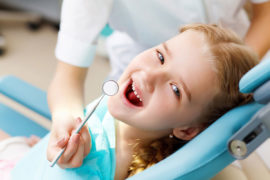 Early treatment is the key to quick and painless treatment without the use of pills and medications. With the timely identification of problems and pathologies, children from 3-5 years old are prescribed finger massage of the oral cavity and myogymnastics.
Early treatment is the key to quick and painless treatment without the use of pills and medications. With the timely identification of problems and pathologies, children from 3-5 years old are prescribed finger massage of the oral cavity and myogymnastics.
A pediatrician orthodontist is engaged in the study and treatment of anomalies of early or late loss of milk teeth in a child. To prevent deformation of the crowns and their displacement, the splint will be installed by the orthodontist.They will not allow to narrow the space between the teeth and contribute to the smooth and proper formation of a permanent dentition.
Area of work of the dental technician
Contrary to popular belief, the dentist orthodontist treats not only “crooked” teeth, but also deals with the elimination of all factors that provoke malocclusion.
Actual problems encountered in this profession are:
- enlarged set of dentition;
- pathology in the development of the shape of the face;
- multiple defects of dental arches;
- incorrectly located individual teeth;
- malfunctioning of the chewing apparatus;
- macro- and micrognathia with a noticeable protrusion of the middle of the face;
- problems with cleft between the front teeth - diastema;
- violation of the respiratory system or speech apparatus;
- displacement, narrowing, lengthening, expansion, shortening of all dentitions;
- open, cross, distal, deep or mesial bites;
- congenital malformations of milk and permanent teeth, partial or complete adentia.
Problems of the dentition are common not only in children but also in adults. Their appearance and development can last for years, sometimes all their lives. Therefore, orthodontics is a long and laborious process.
A doctor orthodontist examines and does his work, choosing the most rational method of therapy based on an accurate diagnosis and individual characteristics of the patient.
Classification of orthodontic treatment methods
The most common types of treatment are:
- Myotherapy One of the root causes of pathological tooth development can be considered defective work of facial and masticatory muscles of the face. This therapy is optimal as one of the components of a full-fledged treatment in young children, when the problem only develops. For adult patients, this gymnastic method is used as part of the preventive complex of relapse after a complete cure.
- Hardware Therapy. This is the most common method of orthodontic treatment of jaw pathologies. It is used for patients in childhood and adulthood. The difference is only in the duration of therapy: the older the patient, the more difficult and longer it is necessary to eliminate the anomaly. The essence of this method is to correct the bite by properly redistributing the loads on the jaw. The main hardware is the bracket system. With their help, it is possible to resolve many orthodontic flaws without resorting to surgery.
For people who are complex due to the appearance of the braces, the orthodontist dentist can make them invisible by installing specialized braces on the back of the dentition.
Surgery
Untimely visits to the doctor lead to the fact that some flaws, violations of the dentition and jaw can no longer be eliminated without surgery. Surgery is resorted to if the use of orthodontic appliances is not able to correct the situation.
Types of orthodontic appliances
Adequate orthodontic treatment requires specialist experience and a wide range of corrective tools and structures. According to the characteristics and method of exposure, all devices are divided into 2 types:
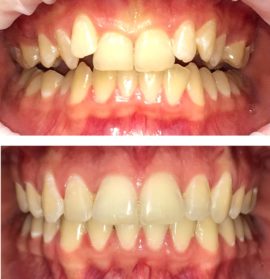 Single jaw. Contribute to the expansion of the arc in case of lack of space for other teeth. They require round-the-clock use.
Single jaw. Contribute to the expansion of the arc in case of lack of space for other teeth. They require round-the-clock use.- Double jaw. Correct the shape of the jaw, used only during sleep.
Removable structures include the following types:
- Hintz records - an invention recommended for use in childhood. Helps to identify and eliminate uncontrolled suction of fingers or biting of lips.
- Trainers are specialized plates made of safe polyurethane. They qualitatively fix the position of the tongue and teeth. Dentist orthodontist applies trainers to correct cross bite.
- Mouthguards, positioners - retention products that help to consolidate the effect after wearing braces. They can be used at any age to fix the result after correction of the jaw.
The category of fixed systems includes:
- Clasp systems. Form the correct position and expand the dentition in the oral cavity.
- Coronal, arc braces (any configurations). Orthodontic braces make the correct bite, change the inclination and position of the teeth, reduce or expand the jaw row.
- Retainers are arcs that maintain the correct position of the jaw after braces. On average, they should be worn for 1–2 years, but older patients may require longer therapy.
A professional orthodontist deals with severe pathologies in dentistry. His profession is undeservedly underestimated. Correcting external, aesthetic defects and complex violations of the dentition, it increases the standard of living and comfort of people with congenital or acquired abnormalities of the jaw. Thanks to the modern direction of dentistry, people are treated for improperly located units, the entire row and lower jaw.
Orthodontology helps to prevent or cure the disease in advance in the formation of milk teeth in children. Having visited the orthodontist, you can forever forget about problems with improper development of the jaw. Remember, the sooner you go to the dentistry, the faster and more effective the therapy will be.

